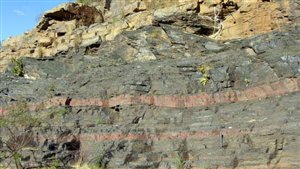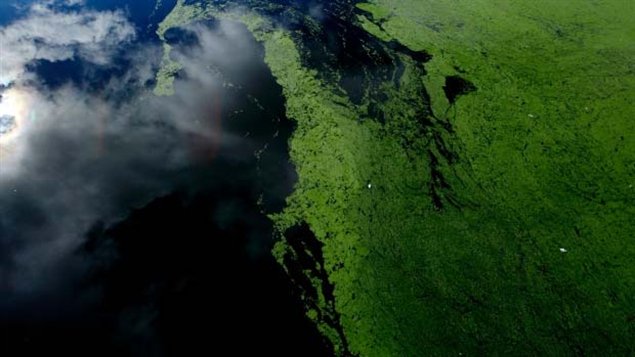A scientific team led by a Canadian scientist from the University of British Columbia has made a discovery that should revise scientific thinking about how life evolved on earth.

Biochemist Sean Crowe has found evidence of the existence of oxygen on earth up to 3-billion years ago, som 600,000 years earlier than previously thought.
For at least hundreds of millions of years after the earth formed, there was no oxygen on the planet. Scientists have long believed that oxygen began accumulating during “the great oxygenation” of about 2.3 billion years ago.
Crowe, an assistant professor in the department of Microbiology and Immunology and the department of Earth, Ocean and Atmospheric Sciences at UBC says traces of oxygen have been found in other samples older than 2.3 billion years, but were not strong enough to make any conclusions.
When researchers in South Africa found a region called a paleosol where the soil and rocks could be dated back to 3 billion years, Crowe and his team decided to test soil samples for oxygen, not expecting much. However, using new technology, Crowe and colleagues at the University of Southern Denmark were surprised to find “low but appreciable concentrations’.

Although only a 10,000th of current levels, and about a 200-500th of the levels following the great oxygenation, computer modelling showed that the oxygen levels three billion years ago were still five times higher than the amount that could be generated by chemical reactions in the atmosphere alone. This means there had to be help from photosynthesizing living organisms.
The first life is thought to have formed on Earth about 3.8 to 3.5 billion years ago, shortly after the Earth became cool enough to form oceans and continents.
Their findings were published in the journal Nature
The results of the study suggest that it doesn’t take very long for organisms with complex metabolisms, such as those required for photosynthesis, to evolve. But it does take a long time for oxygen levels to get high enough to support complex life.
Today, the Earth’s atmosphere is 20 per cent oxygen thanks to photosynthetic bacteria that, like trees and other plants, consume carbon dioxide and release oxygen. The bacteria laid the foundation for oxygen breathing organisms to evolve and inhabit the planet.
(with files from CBC)







For reasons beyond our control, and for an undetermined period of time, our comment section is now closed. However, our social networks remain open to your contributions.